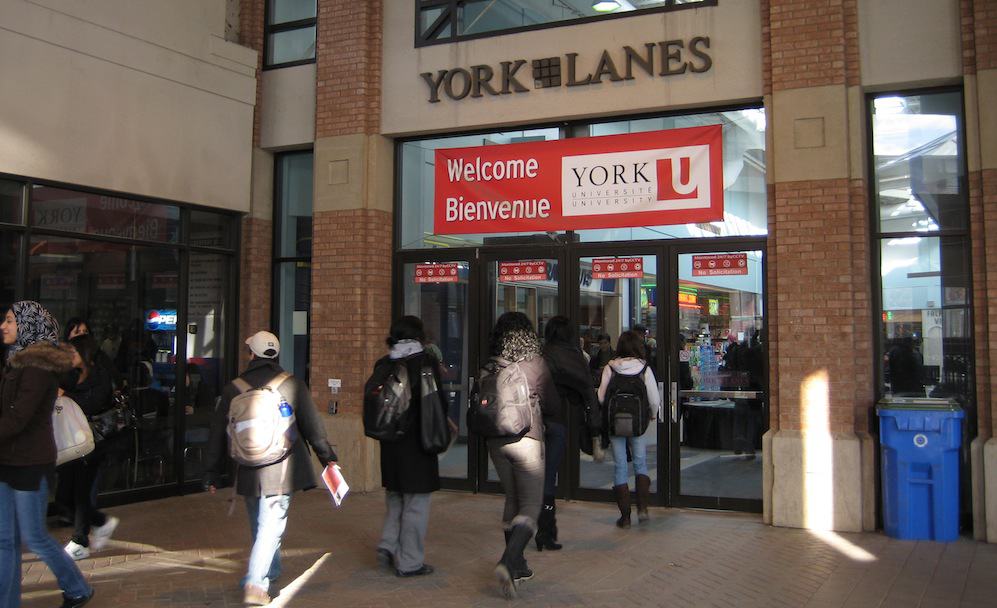[dropcap]O[/dropcap]n January 11, York University mistakenly emailed 500 acceptances to applicants who had not yet made the cut. These letters found their way into the hands of recipients who had their brief moments of joy abruptly interrupted by emails from the university, issuing corrections and apologies. Since then, the actions of the York admissions board have been highlighted in various news publications, including the CBC and the Toronto Star.
York’s error lends itself to clichéd complaints about universities and their failings, but this is hardly an issue that merits true indignation, let alone extensive media coverage.
On the surface, it appears that this is a mistake that could have easily been avoided, and that an error of such magnitude can only be attributed to ineptitude on the part of the admissions officials. Closer examination, however, makes this misunderstanding more justifiable.
Let’s crunch some numbers: York employs over 7,000 staff and faculty, and although the exact breakdown remains unclear, the admissions office has already received over 26,000 applications for the fall semester, with more to come. Regardless of what percentage of their total staff are responsible for admissions, there is an overwhelming amount of information for employees to process without resorting to shortcuts.
The overburdened admissions office also has to juggle specific logistics for different applications. This includes the paperwork resulting from the many hoops international students must jump through in order to study in Canada — with students from a multitude of countries, visas, English proficiency tests, and high school requirements may vary widely. Scholarships, disability accommodations, mature students, and transfer students also fall under the purview of the admissions office. This occurs parallel to the requirement that officers track an array of constantly changing marks, supplementary documents, and requirements across departments.
Additionally, employees have to coordinate with one another to send out acceptances not in one simultaneous event, but in a staggered manner, adjusted according to the number of acceptances being confirmed or rejected. Overall, this bureaucratic brain has impulses and orders firing off in every direction, under constant time pressure to get everything done, and all it takes is one misfired synapse for a mistake to happen.
Frankly, it’s amazing how well university admissions offices consistently run when you look at the depth and breadth of analysis required. One can imagine how, in the span of a day or less, someone could be sent the wrong names, quickly fill in the acceptance letter template, then erroneously send it out before realizing their mistake.
Luckily, York’s recognition of their error was prompt and courteous. Within 24 hours of the incident, the university sent out an amendment and apology. Given this short timeframe, it is doubtful that, of those applicants who had even checked their email, the individuals in question had abandoned all other offers and stocked up on York merchandise.
The vast majority of students applying for university do not bet everything on a single school. In fact, the Ontario Universities’ Application Centre — the database through which high school students submit their applications within the province -— includes application to three universities within their standard fee, with the option of applying to even more schools for extra charge.
Finally, it is worth noting that the students affected by this bureaucratic oversight have not been rejected from York altogether; in fact, their applications are still under consideration. It may well be that many of these students will wind up attending the university in the fall.
Most of us lament the bureaucratic backlog of universities, particularly given the enormous student population of U of T. But in light of the events at York, perhaps we should reflect more on the effort it takes to coordinate a colossal machine like a university, and we should tailor our responses accordingly.
Michael Chen is a second-year student at the University of Toronto Scarborough studying journalism.


